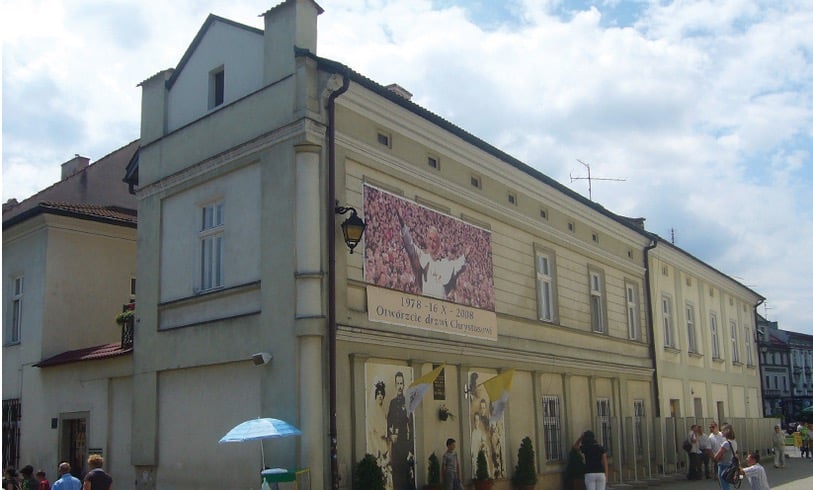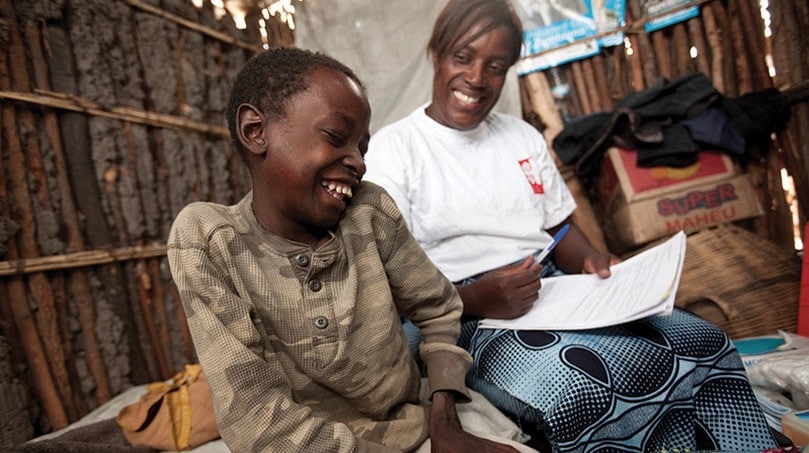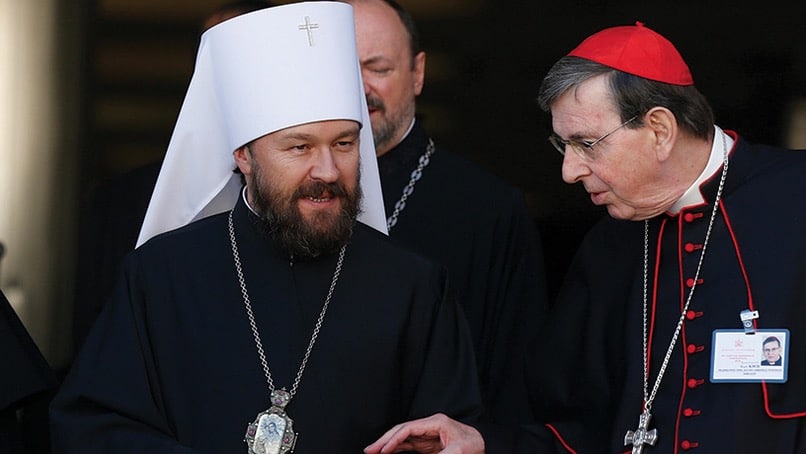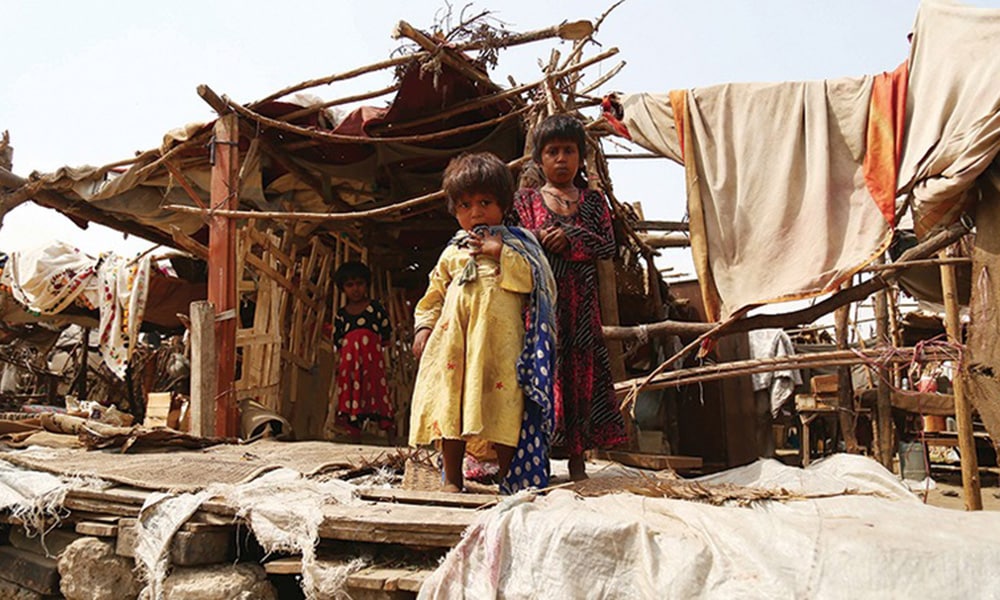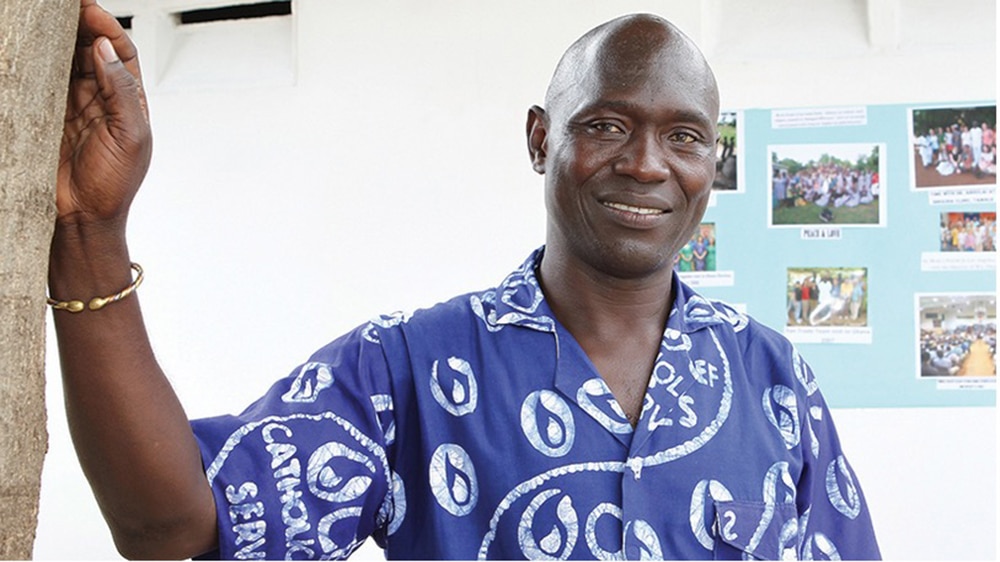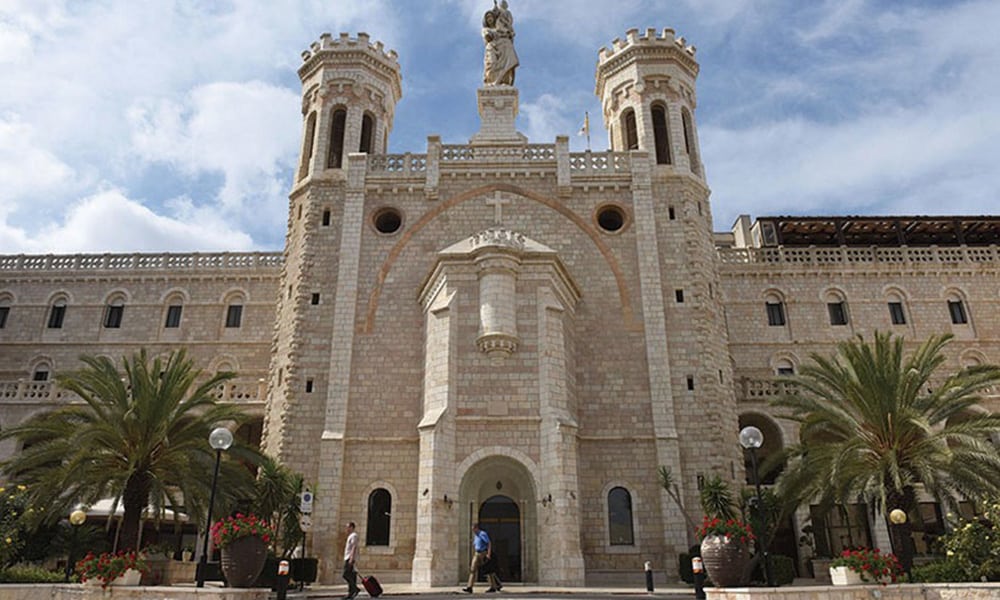In the long and exciting biography of Pope St. John Paul II, the first 18 years of his life are least known. Yet, “Here, everything began,” the great Polish pope said about Wadowice, the small town near Krakow where he was born and spent his youth.
Since 1984, his birthplace has housed a museum, which was completely renovated and expanded in 2014. At the “John Paul II Family Home Museum” in Wadowice, one can admire memories of the most important aspects of John Paul II’s pontificate, along with objects belonging to young Karol, dozens of old photographs and rooms of the Wojtyła family apartment.
In an interview with Our Sunday Visitor, Father Jacek Pietruszka, director of the museum, shared excitement for the museum’s success and future, specifically when looking toward the 100th anniversary of the birth of Karol Wojtyła in 2020.
Our Sunday Visitor: The John Paul II Family Home Museum recently welcomed its one-millionth visitor. How has this result been achieved?
Father Jacek Pietruszka: The world loves John Paul II! People want to see the place where he lived his first 18 years. They want to pay tribute to the holy pope from Wadowice, visiting a modern, interactive museum which enables one to accompany the pontiff “hand in hand” on his life’s journey.
OSV: Pope John Paul II is well-known everywhere. What does this museum add to this knowledge?
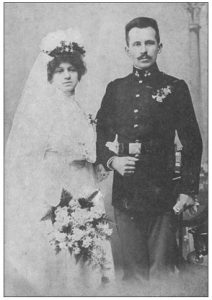
Father Pietruszka: The whole world knows John Paul II. However, this knowledge is often superficial and limited to the most basic facts of Karol Wojtyła’s life.
For the young, the Polish pope is already a historical figure. The museum offers everyone a great extension of that knowledge in a very attractive way. We can witness how in Wadowice he learned the ways of life and developed spiritually, his upbringing in faith and respect for every human being. Some sad experiences, such as his mother’s and older brother’s deaths, taught him to be sensitive to the suffering and needs of others in everyday life. Here John Paul II developed relations with the Jewish community. …
All these things provided a basis for his pastoral activity and openness. He preached the truth, defended the rights of every person and made the world a holier place and a more humane one. And he said, during a pilgrimage to his hometown: “It was here in this town, that it all began. My life began, the school began, the theatre began and the priesthood began.”
OSV: John Paul II passed away 13 years ago. Poland has changed a lot compared to the Poland of the communist era. Who is Karol Wojtyła for young Polish people today?
Father Pietruszka: Even if political and social systems change, John Paul II had been a guardian of values and laws that never change, an ordinary person who at the same time was passionate and knowledgeable, loving life and becoming a role model for many generations.
OSV: When exactly did the museum’s history begin?
Father Pietruszka: Directly after the election of (John Paul II) in 1978, people began flocking to Wadowice. Then-parish priest, Father Edward Zacher — the pope’s former religion teacher — began thinking about the creation of a museum in what was the apartment of the Wojtyła family. Along with the support of Cardinal Macharski, Wojtyła’s successor as Archbishop of Krakow, a small museum was opened in May 18, 1984, on the pope’s birthday, with the idea to renovate the house in the style of the ’30s and authentically, effectively recreating the Wojtyła family flat.
OSV: What kind of objects are on display? What’s the museum’s mission?
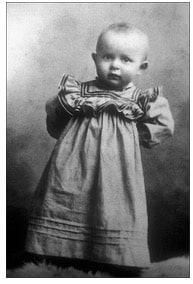
Father Pietruszka: Naturally, the museum … collects papal memorabilia and organizes conferences, workshops, museum classes, concerts and other events relating to important dates in the pope’s life. Some things one will find include family possessions, even ski equipment, items he used during his hiking trips in the mountains; papal cassocks, including the one in which he greeted the crowd on Oct. 16, 1978; a stone from the South Col, a gift from Wanda Rutkiewicz, a Polish climber who reached the summit of Mount Everest exactly on the day when Karol Wojtyła was elected pope; Alì Agca’s gun of the attempted assassination of the pope and the suit of the bodyguard Francesco Pasanisi stained with papal blood; some objects from [the] pope’s hospital room in the Polyclinic Gemelli and other ones related to the pontiff’s death and funeral such as the Bible read to him in his last days by Sister Tobiana Sobótka and the clock from the papal apartments which stopped April 2, 2005 at 9:37 p.m.
OSV: In what way does it preserve memories of his famous papal trips?
Father Pietruszka: There is a tapestry with the Lord’s Prayer written in the language of the Micmac Nation and display cases with soil from over 80 places visited by John Paul II, with relevant interactive and visual elements.
OSV: Looking forward to 2020, are you planning something special for the 100th aniversary of the birth of Karol Wojtyła?
Father Pietruszka: We’ve been preparing for this big celebration for a couple of years, organizing conferences, concerts and other cultural events: monthly meetings with people who were witnesses to the pope’s life, at least two scientific conferences, a huge birthday concert, publications and temporary exhibitions with the yet unpresented unique artifacts. I think that in 2020, Wadowice will become the world center for the celebration of John Paul II’s 100th birthday. It is the place from where he set off on a journey throughout the world to preach the Good News to people and bring them hope and peace. Join us in discovering the richness of his life!
Deborah Castellano Lubov writes from Rome.

